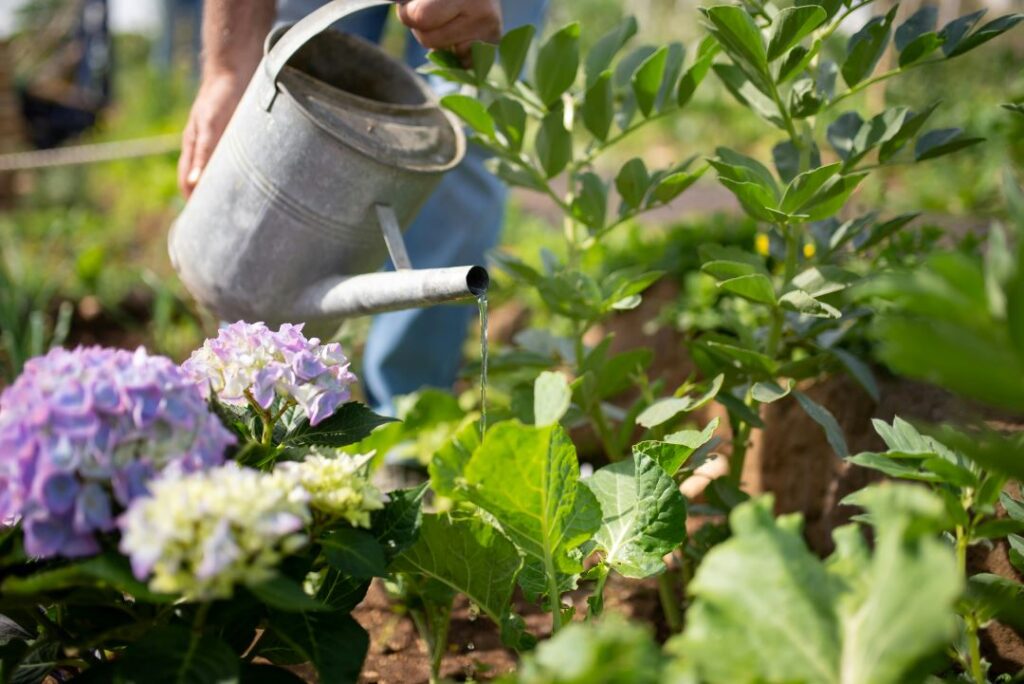Gardening doesn’t have to be a constant chore. If you’re looking for a beautiful outdoor space that doesn’t demand your weekends, a low-maintenance garden is the perfect solution. For homeowners in the Greater Toronto Area, climate challenges and busy schedules make smart landscaping design more important than ever.
With the right planning, you can enjoy an elegant and functional garden that thrives with minimal upkeep—all while enhancing the look and value of your property.
Start with a Simple, Smart Layout
A successful low-maintenance garden begins with good design. Instead of intricate flowerbeds and crowded borders, opt for clean lines and clearly defined zones. Use raised beds, stone borders, or built-in planters to reduce weed growth and make maintenance easier. Limit the number of garden zones to streamline watering, planting, and care.
Stone walkways, mulch pathways, or interlocking patios also cut down on mowing and trimming while adding structure and appeal to your garden.
Choose Hardy, Native Plants
Native and drought-tolerant plants are a key element in any low-maintenance garden. They are already adapted to the GTA’s soil and weather conditions, which means they require less watering, fertilizer, and overall care. Look for perennials like coneflowers, sedum, and ornamental grasses that come back each year with minimal effort.
Group plants with similar water and sunlight needs together to simplify your care routine and reduce the risk of overwatering.
Reduce Lawn Areas with Stone and Ground Cover
Reducing the size of traditional grass areas is one of the most effective ways to lower garden maintenance. Instead, use decorative gravel, river rock, or low-growing ground covers like creeping thyme to fill space beautifully and sustainably.
Stone patios and sitting areas also provide long-term value, reduce weeding, and require little to no seasonal upkeep.
Add Smart Features Like Drip Irrigation
Automated or drip irrigation systems are ideal for low-maintenance gardens. These systems deliver water directly to the plant roots, saving both time and water. Paired with a timer, this hands-off approach makes it easy to keep your garden hydrated—even when you’re away.
If you’re investing in new landscape elements, be sure to ask about built-in irrigation options that complement your design.
Incorporate Durable Landscape Materials
Hardscaping is essential in low-maintenance garden design. Materials like natural stone, interlocking pavers, and composite wood reduce wear, resist weather, and require little to no treatment. Features like retaining walls, raised beds, and built-in seating can be both beautiful and practical—enhancing your garden’s use while cutting down on chores.
To explore material options and layout ideas, contact BYG Landscaping for a tailored consultation.
Frequently Asked Questions
What plants work best in a low-maintenance garden?
Choose native perennials like black-eyed Susan, yarrow, and ornamental grasses. These plants thrive in local conditions and require less watering and care.
Can I still have color and variety in a low-maintenance garden?
Absolutely. Using flowering perennials and mixing foliage textures can provide seasonal interest without constant upkeep. Focus on structure over short-lived blooms.
How can I reduce weeds in my garden?
Use mulch, weed barriers, and ground covers to prevent weeds from growing. Defined edges and minimal bare soil also make a big difference.
Are low-maintenance gardens suitable for small spaces?
Yes, in fact they’re ideal. Compact areas benefit from simplified layouts, vertical planting, and hardscaping elements that maximize beauty with minimal work.
What’s the cost of installing a low-maintenance garden?
Costs vary depending on the materials and features you choose. While hardscaping can have a higher upfront investment, it pays off through reduced long-term upkeep.

